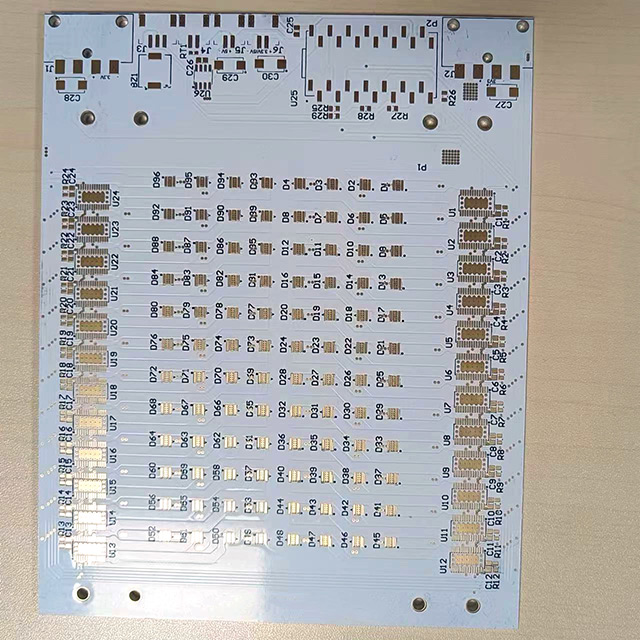just to throw in my 2 pence worth, I took on board everything that
@SparkyChick sent to me (which I believe is freely available on here and nothing special for me personally) and I found it very useful.
I did it about a month ago now so anyone who wants recent experience feel free to contact me.
Id say its actually a very easy exam to do but also very easy to fail! You are given everything you need, there is no guess work or science required. Everything is written down for you but you have to be very cautious and read it carefully.
Honestly, if you can make off swa and sy/silflex cables using the correct glands and read the spec there is no reason not to pass the build. everything else should be second nature at this stage.
the test is straightforward as long as you know what your doing (if that makes sense)?
Fault finding was my biggest worry! Your given 7 faults which will only be: short circuit, open circuit, reversal or high resistance. The heating circuit is the worst as there is so many points possible to test.
DONT FORGET TO OPERATE SWITCHES ON THE SAFE ISOLATION!!!!!!!!!!!!












